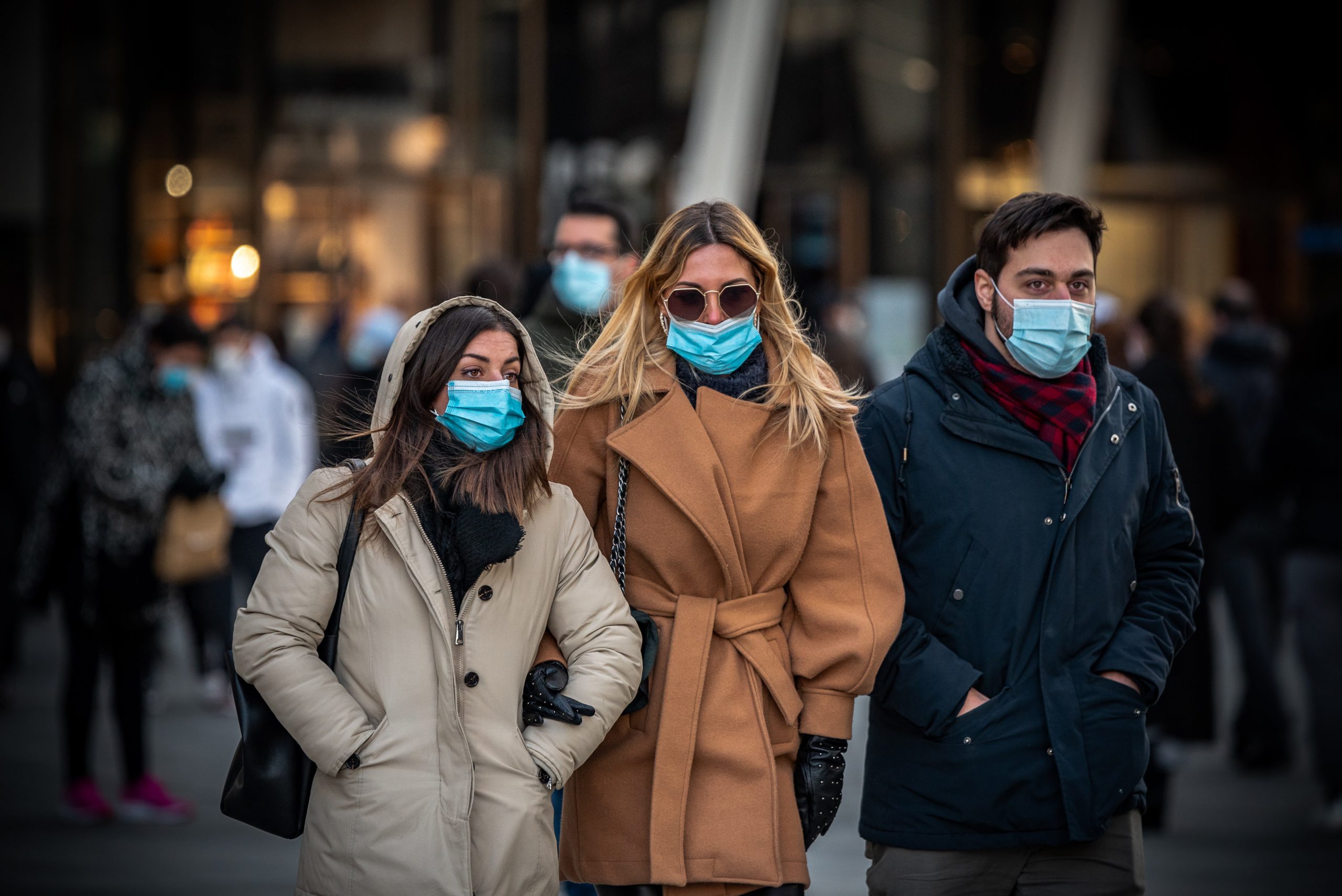There has been a pandemic that the world has been living with for decades, and the world has done very little to address it, compared with the measures taken against COVID-19.
It is a pandemic of preventable diseases.
For the past nearly two years, COVID-19 has challenged the world’s health systems, taken five million lives, wreaked havoc on economies, halted most international travel, separated families and friends – and made people think more about health more than most have ever before.
The world’s best scientists and researchers have focused an unprecedented effort on countering the disease, and, in record time, invented multiple safe and effective vaccines as well as other drugs. Governments across the globe have devoted trillions of dollars to save jobs and livelihoods.
Yet even now, the leading cause of death worldwide is not COVID-19, but cardiovascular diseases, or CVDs. Some 17.9 million people a year die from CVDs, according to the World Health Organisation, accounting for 32 per cent of all deaths.
Linked to CVDs are obesity – and, since 1975, the global obesity rate has almost tripled. In 2017, reported the WHO, more than 603 million adults, and 107 million children were obese in 2017. That equates to 12 per cent of adults.
Obesity is also linked to other serious conditions such as cancers, respiratory diseases, and diabetes.

Australia’s latest study of infectious diseases, conducted by the Department of Health and published in late September, found that 61 per cent of patients admitted to the country’s ICUs since the beginning of February had comorbidities (more than one disease or medical condition simultaneously). The most prevalent condition was diabetes, followed by obesity.
Dr Kevin Cheng, a preventative health specialist and founder of three Sydney clinics, says that the medical profession is more focused on reacting to than preventing health problems, and the message of how to stay healthy is being missed.
“When we look at the statistics around COVID, where it’s hit really bad around the world, the people who don’t … manage blood pressure, diabetes, obesity, lung disease, heart disease, kidney disease, they’re the ones that end up in hospital,” he says.
“And they’re the ones that end up in ICU and potentially become fatal cases.”
DID HE SAY ANYTHING ABOUT PREVENTATIVE MEASURES. EXERCISE, SMOKING, DIET ETC. HOW PUBLIC HEALTH MESSAGING NEEDS TO IMPROVE.
It is the same story in countries such as the US, Canada and the UK, which all show similar patterns of chronic disease.


When comparing numbers of COVID-19 related deaths to deaths from other causes, it is important to bear in mind that the figures for the top five causes of death are shown for one year in the above graphs, but these numbers have been repeating themselves for decades. The COVID-19 death toll has taken nearly years to reach.
Moreover, at least 95 per cent of people who have died with COVID-19 in the US had at least one comorbidity. The most common were influenza and pneumonia, hypertension, diabetes, Alzheimer’s and other dementias, and sepsis, data from the Centre For Disease Control shows.
Hypertension, diabetes and Alzheimers accounted for 19.3 per cent, 15.7 per cent, and 12.6 per cent of the comorbidities, respectively. The first two are largely preventable and the risk of developing them can be mitigated by keeping active and healthy.
The strain on hospitals could also be reduced if people were more focused on staying healthy. As Dr Cheng points out:
“Ninety per cent of heart attacks are preventable, and nearly half of cancers. About a third of hospital visits don’t need to happen.
“So you can avoid things like joint surgery or trips to the emergency departments. If we can get in early and help people with their knowledge and their skills, you can do so much at home these days.”

According to the Australian Institute of Health and Welfare, 7 per cent of all hospitalisations (representing 758,000 hospital stays) in 2017-18 were potentially preventable, as were 10 per cent of all hospital bed days.
The economic cost of the COVID-19 pandemic has been substantial, with the Australian Government committed $311 billion to assist workers, businesses and healthcare in the 2021 budget. The JobKeeper program was the largest of its kind ever.
Yet little attention has been directed to the economic costs of preventable diseases.
A review of 18 studies conducted by the Australian and New Zealand Journal of Public Health found substantial productivity costs related to preventable diseases.
The highest costs related to the productivity impacts of preventable risk factors. Estimates of annual productivity loss in Australia attributable to individual risk factors was between $840 million and $14.9 billion for obesity; up to $10.5 billion for tobacco; between $1.1 billion and $6.8 billion for excess alcohol consumption; up to $15.6 billion for physical inactivity and $561 million for dietary risk factors.
When these figures are added up, the cost is close to $49 billion annually. And that is just for one year – every year, rates of chronic disease continue to climb, and productivity losses mount.
Prevention is the most powerful tool for fighting all of these diseases, according to Dr Cheng, but the health system has different priorities, with only 1 per cent of the Australian healthcare budget spent on prevention.
“So, in a way you could argue that 99 per cent of the healthcare system is really focused on sickness,” he says.
“Basically, you get sick, and you go see a doctor. So I’m not surprised that the messages around prevention aren’t there.
“Prevention is better than the cure,” he said.


